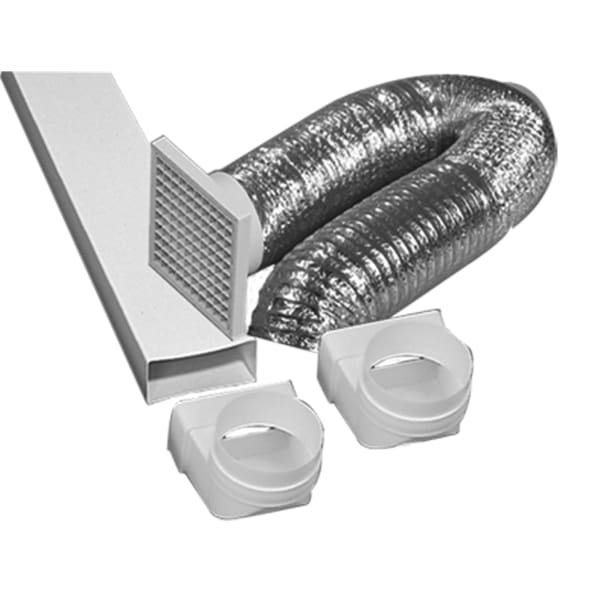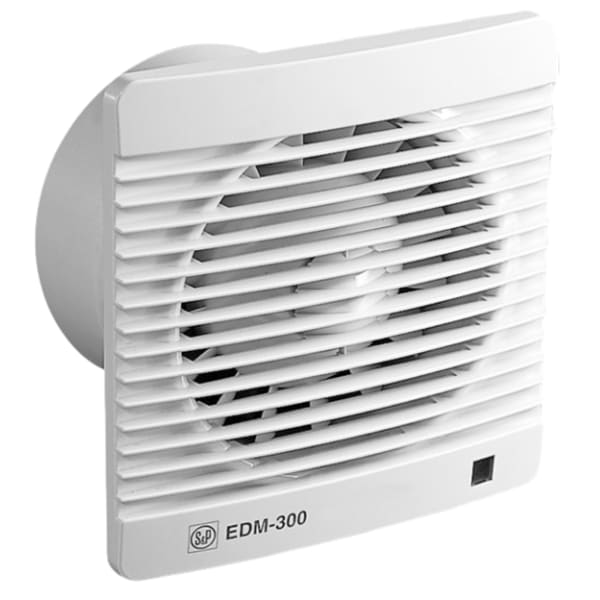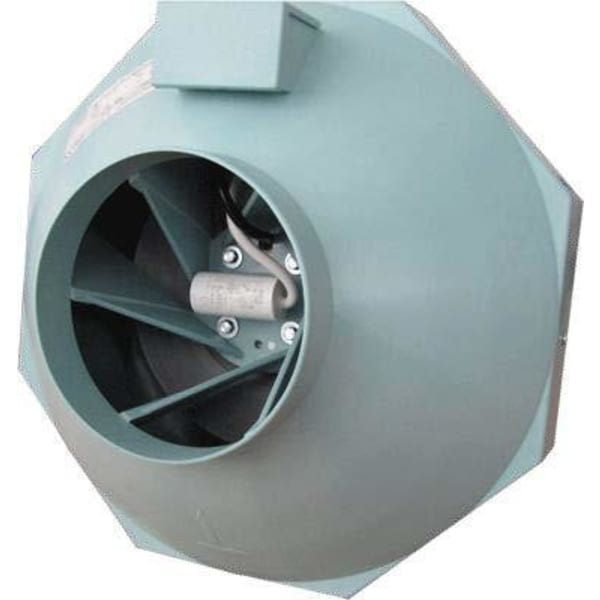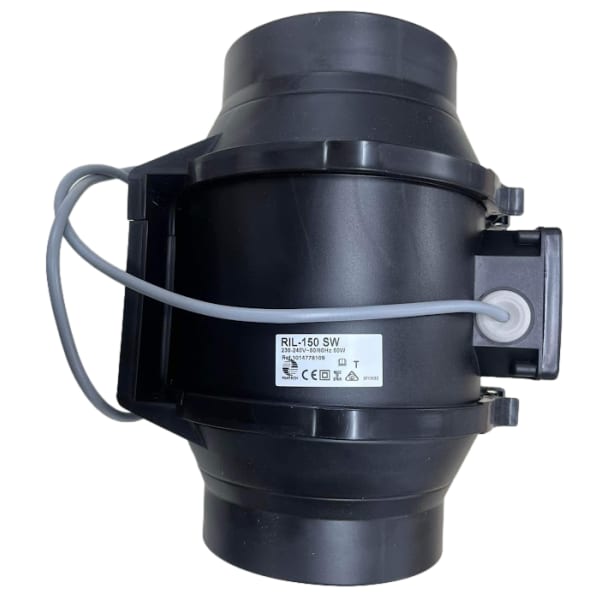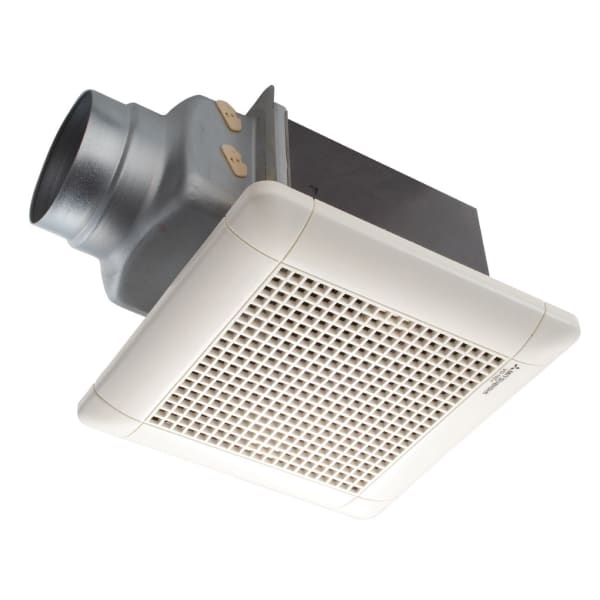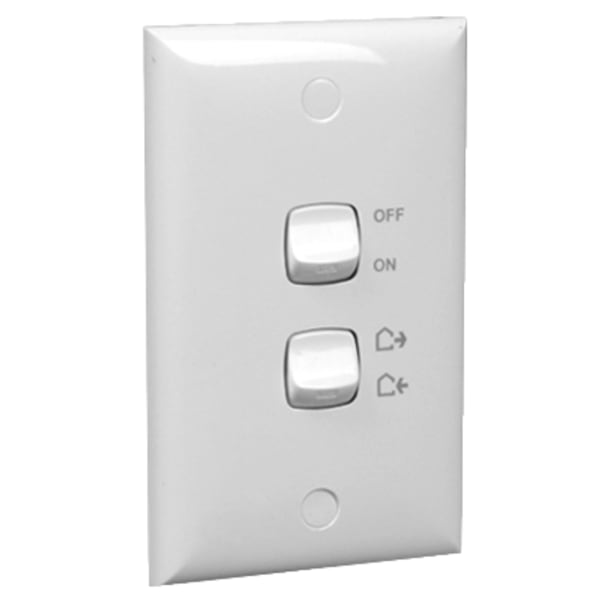Bathroom & Laundry Ventilation
Get the Right Bathroom Fan – First Time
Don’t settle for the first fan you see at the hardware store — the wrong fan might not solve your moisture issues and could even make things worse. Choosing the correct size, type, and features will give you a much better result. We're here to help you find the right solution for your space.
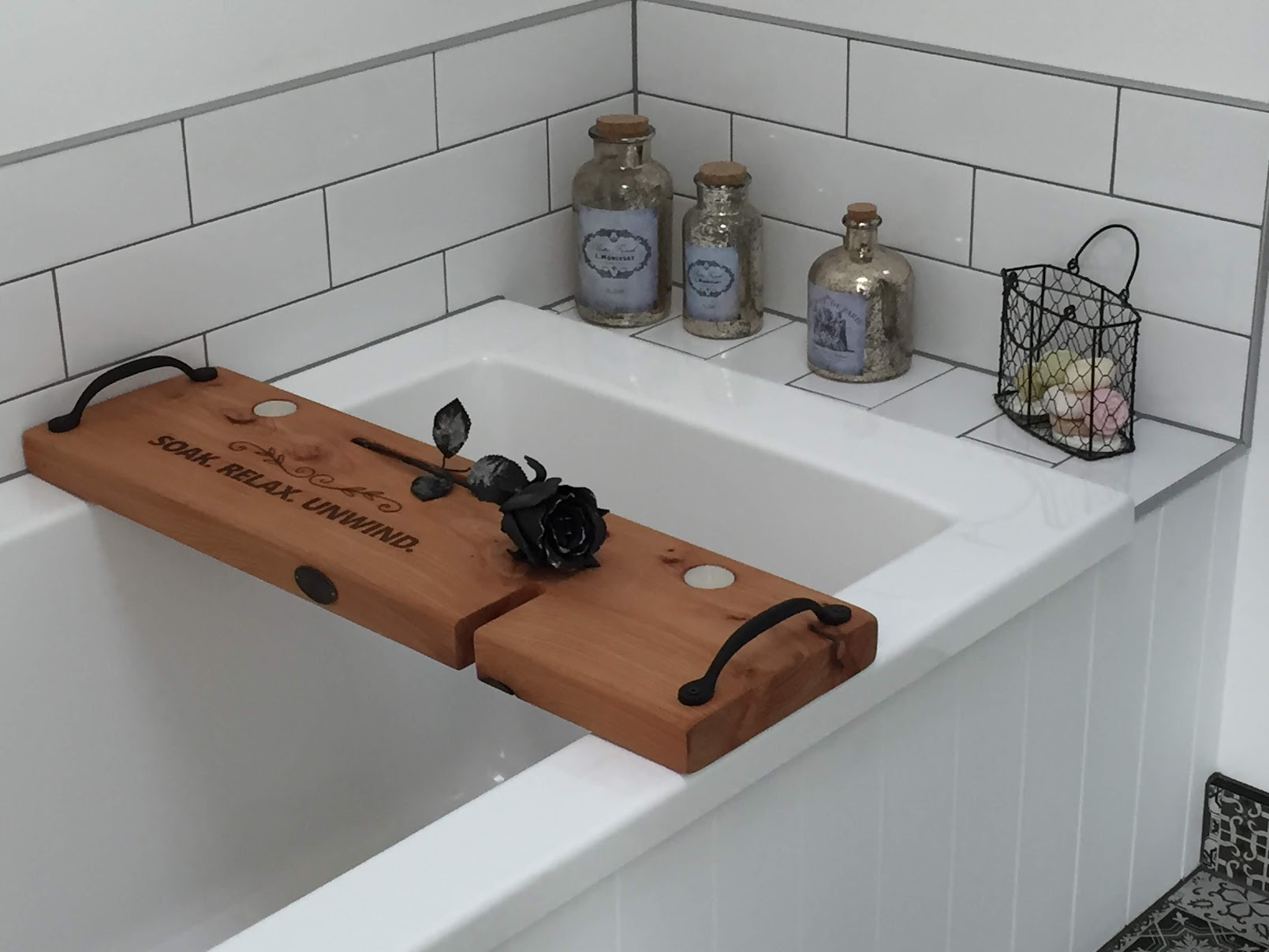 Stop Mould Before It Starts
Stop Mould Before It Starts
Every time you run hot water in your bathroom, steam forms and settles on walls, ceilings, and tucked-away corners. Over time, this creates a damp environment where mould and mildew thrive.
While cleaning products can remove surface mould, prevention is always better than cure. A properly installed bathroom exhaust fan removes moist air before it has a chance to settle, helping keep your bathroom dry, fresh, and mould-free.
Why Ventilation Matters
A well-functioning bathroom fan does more than clear up foggy mirrors. It plays a critical role in:
- Removing excess moisture
- Preventing mould and mildew
- Reducing odours
- Protecting walls, paint, and cabinetry from damage
- Improving overall indoor air quality
Poor ventilation is one of the most common causes of persistent mould and dampness in homes. Installing a good fan — and using it correctly — makes a big difference.
Fan Maintenance Tips
To keep your bathroom fan working efficiently, follow these simple tips:
1. Clean it regularly
Dust buildup can reduce airflow by 20–40%. Remove the cover and clean the vent slots and fan blades with a soft brush or vacuum every six months.
2. Let air in
Keep the door or a window slightly open while the fan is running to allow fresh air to replace the moist air being removed.
3. Run it after showers
Let the fan run for at least 10 minutes after bathing or showering to clear lingering humidity.
4. Always vent to the outside
Never vent a fan into your roof space or attic. This simply moves moisture to another part of your home, increasing the risk of structural damage — and it’s not code-compliant.
Fan Options to Suit Any Bathroom
Bathroom extractor fans come in a wide range of models and features, including:
-
Ceiling or wall-mounted options
-
Timers, humidity sensors, or motion activation
-
Built-in lighting or heating
-
Low voltage and energy-efficient designs
-
Discreet in-line fans for quieter operation
Whatever your bathroom layout or aesthetic, there's a fan to suit your needs.
Can You Connect Kitchen and Bathroom Fans to One Duct?
Short answer: No. While it might sound convenient, connecting kitchen and bathroom exhaust fans to a single duct is unsafe, ineffective, and non-compliant with New Zealand building standards.
Here's why:
1. Fire & grease hazard
Kitchen exhaust carries grease and moisture that can clog ducts. Bathroom fans aren’t built to handle that type of air — and it poses a serious fire risk.
2. Airflow interference
Fans can work against each other if connected, reducing performance and allowing moist or odorous air to circulate back into your home.
3. Cross-contamination
Odours, bacteria, and moisture can easily travel between rooms. No one wants bathroom air in the kitchen — or vice versa.
4. Code compliance
In New Zealand, building regulations require separate ducts for kitchen rangehoods and bathroom fans, each venting to the outside. Combining them is not permitted unless using a certified mechanical ventilation system — which is rarely needed in residential homes.
Need Help Choosing the Right Fan?
We’re happy to help you work out the best ventilation solution for your bathroom. Whether you're replacing an old fan or planning a new build, we can recommend the right size, features, and setup for your space.
$47.83
$46.96
$73.91
$86.96
$134.78
$197.39
$221.74
$904.35
$1,043.48
$254.35
$152.17
$184.78
$345.22
$495.65
$400.00
$193.91
$234.78
$293.48
$641.96
$641.96
$345.65
$206.52
$271.74






